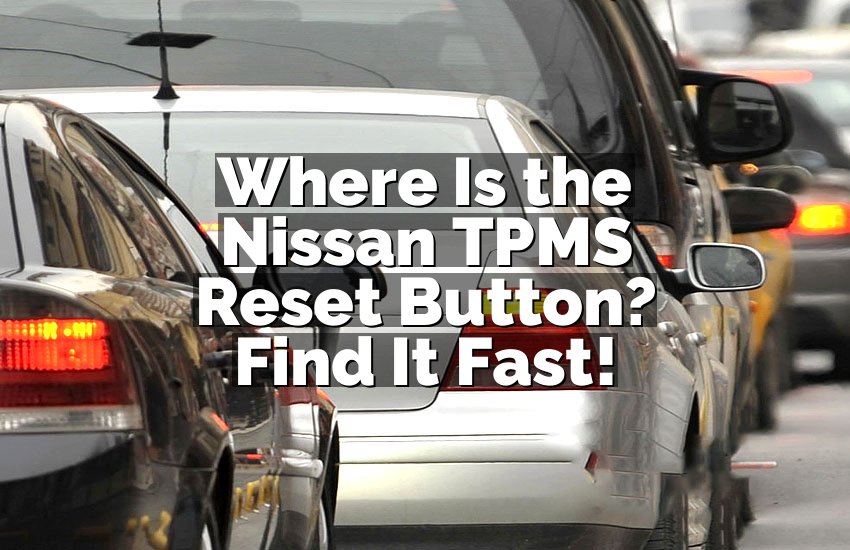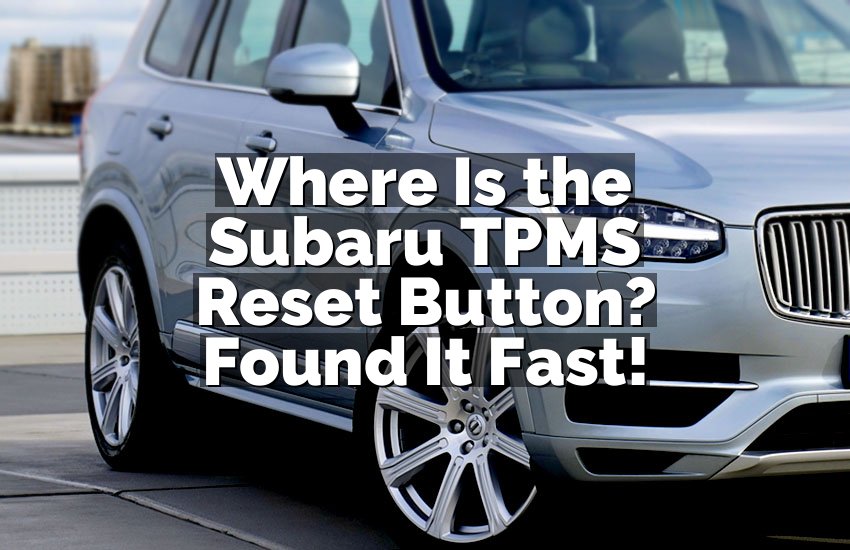Have you ever gotten into your car, turned the key (or pressed the button), and nothing happened? That sinking feeling might mean your car battery is dead. But how can you tell for sure? In this article, we’ll explore simple ways to check if your car battery needs replacing. Don’t worry—we’ll walk you through it step by step so you can get back on the road in no time.
Signs Your Car Battery is Dead
When your car battery dies, it doesn’t usually happen all at once. There are warning signs that appear before it completely stops working. Let’s look at the most common ways to tell if your battery is on its way out.
Slow Engine Crank
One of the first signs that your car battery might be dead is if your engine cranks slowly when you try to start it. This means that the battery doesn’t have enough power to turn the engine over properly. You might hear the engine turning over slowly or struggle to start. If you notice this happening, it’s time to pay attention to your battery.
Sometimes, the slow crank happens because of cold weather, which can make the battery lose power temporarily. But if you’ve noticed this happening over time, your battery could be failing.
Dim or Flickering Lights
Another sign your battery might be dead is dim or flickering headlights. If the battery is weak, the power it provides to the car’s electrical system will be less than normal. This can cause the headlights to appear dim, or you might see them flickering. If your lights seem dimmer than usual, even when the car is running, it’s a good indication that the battery needs attention.
Also, pay attention to other electrical components in your car. If the radio or power windows don’t work properly, it’s another signal your battery may be failing.
Dashboard Warning Light
Most modern cars have a dashboard light that indicates when there’s an issue with the battery or charging system. This light looks like a car battery and might be labeled “Charge” or “Battery.” If this light comes on while you’re driving, it’s a strong sign that your battery or alternator might not be working correctly.
If this light appears and stays on, you should get your car checked by a mechanic as soon as possible. Sometimes the problem is not just the battery but a deeper issue with the charging system.
Unusual Smell or Leaks
Another sign of a dead battery is an unusual smell, like rotten eggs or sulfur. This smell can come from a leaking battery, and it’s a clear indication that the battery is no longer working correctly. A leaking battery is dangerous, so if you notice this smell, avoid getting too close to the battery, and call for roadside assistance or a mechanic.
Sometimes, a battery can leak fluid or show signs of corrosion around the terminals. If you see white, crusty deposits around the battery’s terminals, it’s a sign that the battery might be dead or dying.
How to Test Your Car Battery at Home
If you suspect that your car battery is dead or dying, there are a few simple ways to test it at home before heading to the mechanic. You don’t need any special tools—just a few items you probably already have.
Use a Multimeter
A multimeter is a handy tool that measures electrical voltage. To use it on your car battery, first, make sure your car is off. Then, set your multimeter to 20 DC Volts. Touch the multimeter’s black probe to the negative terminal (–) and the red probe to the positive terminal (+) of your car’s battery.
A healthy battery will show a reading between 12.4 and 12.7 volts. If the voltage is below 12.0 volts, your battery is undercharged, and it may need to be replaced. Anything below 11.8 volts is a sign that your battery is dying and needs immediate attention.
Check the Battery Voltage While the Car is Running
Another way to test your battery is to start the car and check the voltage with the multimeter while the engine is running. The reading should be between 13.7 to 14.7 volts. If the voltage is below this range, it suggests the alternator isn’t charging the battery properly, which could mean a dead battery or a problem with the alternator.
The Headlight Test
If you don’t have a multimeter, you can do a simple headlight test. Turn on your car’s headlights and try to start the engine. If the headlights dim noticeably when you turn the key or press the start button, it means the battery is too weak to start the car. This can be a sign of a dead battery, especially if it happens repeatedly.
What to Do if Your Car Battery is Dead
If you’ve confirmed that your car battery is dead, it’s time to decide what to do next. There are a few options for getting back on the road. Here’s how to handle a dead battery.
Jump Start Your Car
If your car battery is dead but the battery is still relatively new, a jump start might be all it needs. You’ll need jumper cables and a second vehicle with a working battery. Here’s how to do it:
- Park the two cars close to each other, but make sure they don’t touch.
- Connect the red jumper cable to the positive terminal (+) on the dead battery, and then to the positive terminal on the working battery.
- Connect the black jumper cable to the negative terminal (–) on the working battery, and then attach the other end to an unpainted metal surface on your car (not the battery).
- Start the working car and let it run for a few minutes.
- Try starting your car. If it starts, leave it running for a while to recharge the battery.
If the car doesn’t start after a jump start, the battery might be too dead to revive, or there could be an issue with the alternator.
Replace the Battery
If your car battery is old or damaged beyond repair, replacing it might be the best option. You can either replace the battery yourself if you have experience, or take your car to a mechanic. When replacing a car battery, it’s important to choose the right size and type for your car model.
If you’re not sure how to install a new battery, having a professional handle it is a good idea, as improper installation can lead to more problems.
Call a Tow Truck
If you’re unable to jump start your car or replace the battery yourself, calling a tow truck or roadside assistance is the safest option. A professional can diagnose the problem and either give you a jump start or tow your car to a repair shop where they can replace the battery or fix any other issues.
How to Maintain Your Car Battery
To avoid future problems with your car battery, it’s important to take steps to maintain it properly. Proper care can extend the life of your battery and help prevent it from dying unexpectedly.
Keep the Battery Clean
Over time, dirt and grime can accumulate around the battery terminals, which can affect its performance. Clean the terminals regularly with a mixture of baking soda and water to remove corrosion. This helps ensure that the battery is making a proper connection and doesn’t lose power.
Avoid Short Trips
Frequent short trips, like driving only a few miles at a time, can put strain on your car battery. This doesn’t give the alternator enough time to fully recharge the battery. If possible, try to take longer drives, which give the battery and alternator time to work properly.
Check Battery Age Regularly
Batteries don’t last forever. On average, car batteries last between 3 to 5 years, depending on the climate and how well you maintain it. It’s a good idea to check your battery’s age and get it tested every few years, especially if you notice any signs of wear or poor performance.
I hope these tips help you spot a dead battery early and prevent future problems. Remember, regular maintenance and knowing the signs of a dying battery can save you time and stress. Keep an eye on your battery and take care of it, so you can keep your car running smoothly for years to come.
Frequently Asked Questions (FAQs)
Is it safe to jump-start my car battery?
Jump-starting your car is generally safe as long as you follow the proper steps. Make sure to connect the cables correctly, and don’t allow the cars to touch. If you’re unsure, it’s always best to call a professional.
Can a dead car battery be recharged?
Yes, a dead car battery can be recharged if it is not too damaged. A jump start or using a battery charger can help recharge a dead battery, but if it doesn’t hold a charge, replacement may be necessary.
Do I need to replace my car battery if it’s dead?
If your car battery is dead and not holding a charge, it’s usually best to replace it. If the battery is relatively new and simply ran low, a jump start or recharge may be enough.
Is a weak battery the same as a dead one?
A weak battery is not the same as a dead one. A weak battery can still hold some charge, but it may struggle to start the car. A dead battery, on the other hand, has no charge left and will need to be replaced or recharged.
Can cold weather affect my car battery?
Yes, cold weather can affect your car battery. Low temperatures reduce the battery’s ability to generate power, which can make it harder to start the engine. In cold climates, it’s important to check your battery regularly and keep it maintained.
Do I need a mechanic to replace my car battery?
You can replace your car battery yourself if you’re comfortable doing so. However, if you’re unsure or don’t have the right tools, it’s best to let a mechanic handle it to avoid any issues with installation.
Is it possible to drive with a dead battery?
No, it’s not safe to drive with a dead battery. If your battery is dead, your car won’t start, and driving with a faulty charging system can cause further damage to your vehicle.
Can I jump-start my car without another car?
Yes, you can use a portable jump starter to jump-start your car without needing another vehicle. These devices provide the necessary charge to start your car, and they can be a great backup if you’re stuck somewhere.


